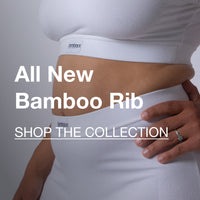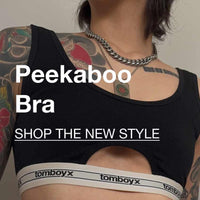Gender Neutral Pronouns
By Stephanie Campisi
Gender neutral pronouns
As our understanding of gender expands from a binary to a spectrum, our language must also evolve. English may have millions of words, but it’s pretty limited in terms of pronouns. We attempt to describe the human population using only “She” and “He,” which is a lot of work for two little words to do. There’s nothing wrong with these pronouns. Plenty of people identify with them. But they come with certain expectations about how an identity is expressed. Gender and identity are flexible, and so is our language, so why not develop a richer set of pronouns that can speak to the entire population?
Dost thou know me? How pronouns have changed over time
We haven’t always had the “he” and “she” pronoun binary. In fact, if you go all the way back to Old English there was a pronoun for a neutral gendered words. Fast forward a bit and you’ll see our language wrestling with how to refer to people of indeterminate gender. “They” became a common term to replace an awkward “he or she” formulation, although grammar sticklers weren’t all on board with using a traditionally plural form to refer to a single person.
Neutral gendered pronouns aren’t a new concept. In the 18th century the word “ou”, was recorded as taking place of “he”, “she”, and “it”. During the 20th century a Scottish neutral gendered filler word (“thon”, a combination of “this” and “yon”) was added to the dictionary, but was removed when it fell through with popular culture. Then in the 1960s and 70s as queer culture was gaining more social attention, contests were held to create the best pronouns for non-binary people. We saw “co” and “ze” and their variants, some of which are still in use. Here’s a handy list of gender neutral pronouns you might come across today, and how to use them.
It’s okay to ask! Using gender neutral pronouns
Making sure you get someone’s pronouns right is pretty simple: generally it’s just a matter of asking them! Some non-binary people will also state their pronouns up-front when they introduce themselves. Asking may seem awkward, but it’s a much better approach to respecting someone’s identity than making assumptions and causing offense. (Assumptions happen more than you’d believe! The sole job of the @she_not_he Twitter bot is to correct online misgendering of Caitlyn Jenner, most of which is deliberate.) You'll generally find that many LGBTQ, genderqueer and non-binary folks appreciate being asked, and it is becoming a more and more commonplace question in many circles.
If you’re not in a position to know someone’s pronouns, just using their name is a simple solution. Another approach is to work in the plural. In English, “they” is a plural pronoun that encompasses all genders, and can widely be used to describe a single person as well.
One thing to note: unless someone specifically requests it's use, “it” should not be used for people. “It” generally refers to non-human entities and it can be seen as dehumanizing to refer to someone in this way.
For those unfamiliar with them, gender neutral pronouns may seem to add a level of complexity to our language, but it's often just a matter of breaking out of what's familiar. It's worth it to take the time to get comfortable with something new, and you'll generally find your efforts will be met with patience and understanding. People are complex, unique and individual. We deserve language to reflect that.





